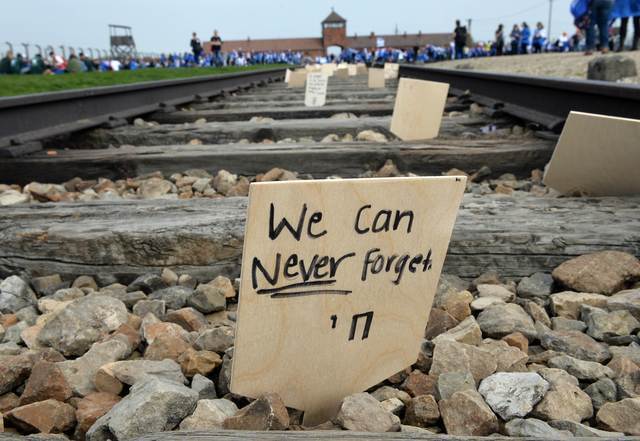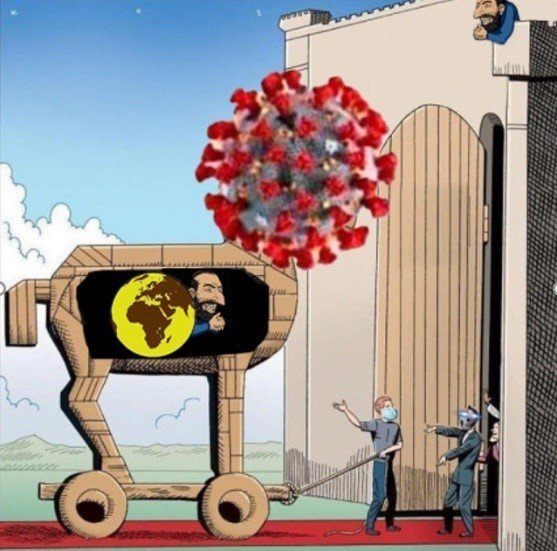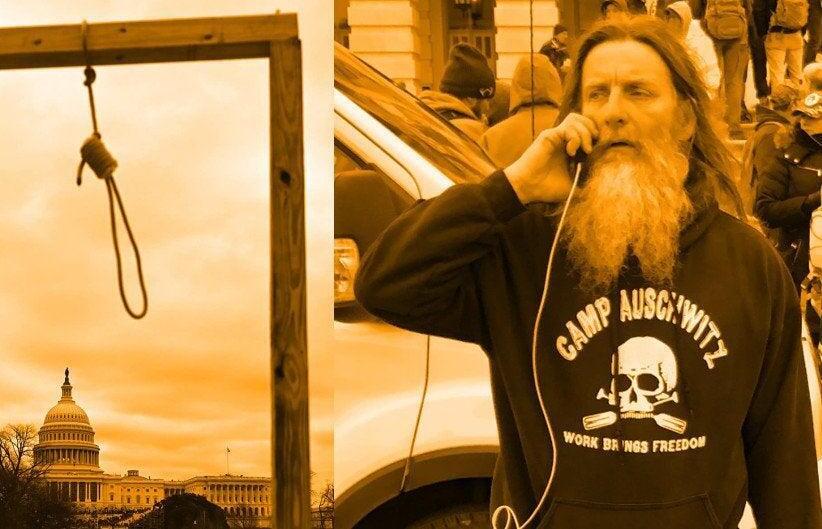The best and most effective way to connect between the younger generation and the memory of the Holocaust is to physically take them to the blood-soaked lands of Poland to see the horrors with their own eyes.
Only by walking along that cursed train track connecting the Birkenau and Auschwitz death camps, sitting inside the once-crowded prisoner barracks and seeing the desperate nail marks left on the walls of scratches the gas chambers by people in their final moments of life can one really begin to grasp these events. This is the way we have taught the 300,000 or so people who have thus far participated in the March of the Living.
3 View gallery


A sign is left on the tracks at the former Auschwitz-Birkenau death camp during the March of the Living in 2015
(Photo: AFP)
But what can you do when a pandemic ravages the world and there are no flights, marches, ceremonies or events allowed? Should we relegate the task of remembering to schoolbooks?
We must embrace the digital world as a viable and necessary option, despite it lacking in physical visits to the camps.
"Train up a child in the way he should go," says the Book of Proverbs, as today's children are increasingly interacting with the world and understanding it through digital and virtual means.
While some may roll their eyes, we are obligated as educators to respect this trend and make sure that the content youngsters see online is suitable.
This is doubly true when we see today how radical and pernicious the digital space can be.
3 View gallery


Anti-Semitic image posted on Facebook alleging a connection between Jews and coronavirus
(Photo: Screenshot)
Over the past year, we have seen a rise not only anti-Semitic discourse but general hate speech online across the world. The last U.S. elections were full of conspiracy theories, racism, xenophobia and anti-Semitism, which received a stage not only on social media, but also in "mainstream" channels.
Hate-filled radicals, liars and inciters are running rampant on these platforms.
Social media giants like Facebook and Twitter have now announced that they will begin taking measures to combat this hate. Facebook has for example said it will remove all posts that include Holocaust denial.
These are welcome steps, but just one side of the coin. Along with fighting unrelenting racism, we must take proactive educational measures to pass on to our children a message of tolerance and remind them of where racism and hate can eventually lead.
We at March of the Living have decided to take the first step, launching a virtual march online and a special memorial event for Kristallnacht.
Eva's Story
Israeli entrepreneur Mati Kochavi's incredible "Eva's Story" project on Instagram excited hundreds of millions around the world, bringing to life the story of the Holocaust through the eyes of a single Jewish girl who endured it.
Even so, more organized and powerful action is necessary.
On Jan. 6, the nightmares of many came to pass as a radicalized mass, some draped in anti-Semitic and racist imagery, stormed the U.S. Capitol.
These people were influenced by unbridled conspiratorial and hate-filled dialogue on social media, as both governments and companies shrugged it off.
3 View gallery


Left: A noose hung by rioters next to the Capitol on Jan. 6; right: A rioter wears a 'Camp Auschwitz' sweatshirt during the attack on the American seat of government
(Photo: AFP)
Though this coup attempt was thwarted, it teaches us how important and vital is an uncompromising battle against hate, with the memory of the Holocaust an important tool for the continued safeguarding of democracy and freedom.
Every democracy that sees itself as part of the free world must join this battle, for example by founding centers of research and study and creating accessible information.
This combined global effort will help ensure that the Holocaust is never forgotten and that its lessons will lead to more tolerant and less violent future generations.
For as we pledge every year: Never Again.
Dr. Shmuel Rosenman is the co-founder and chairman of the International March of the Living program



